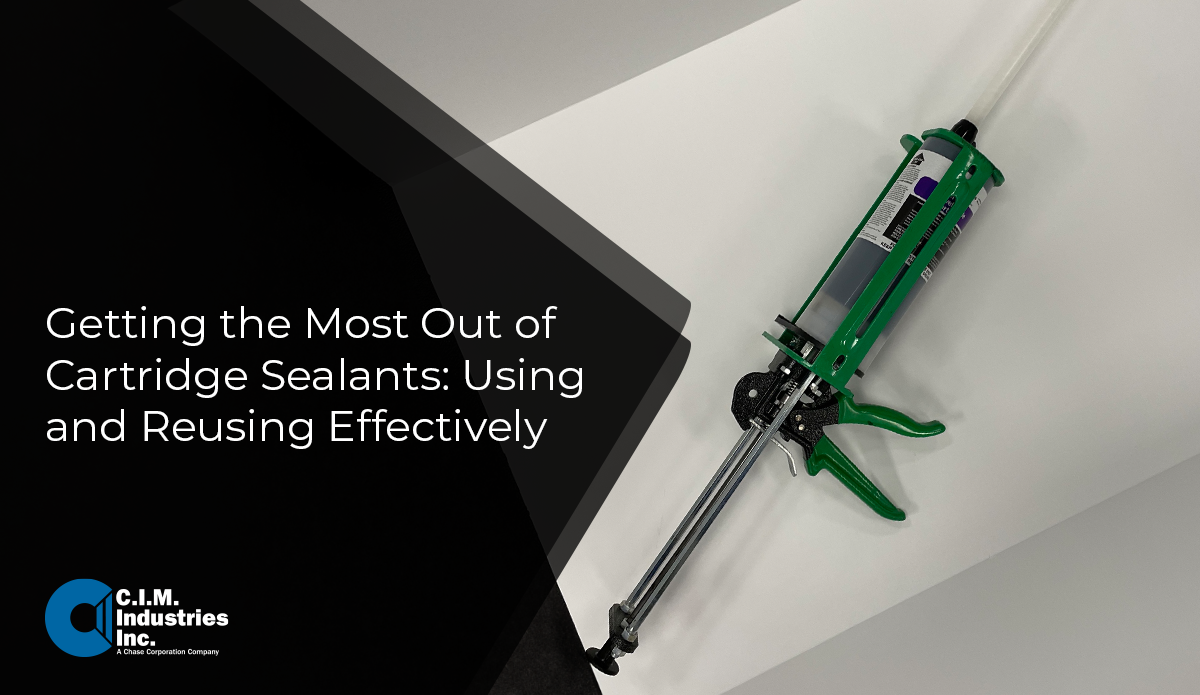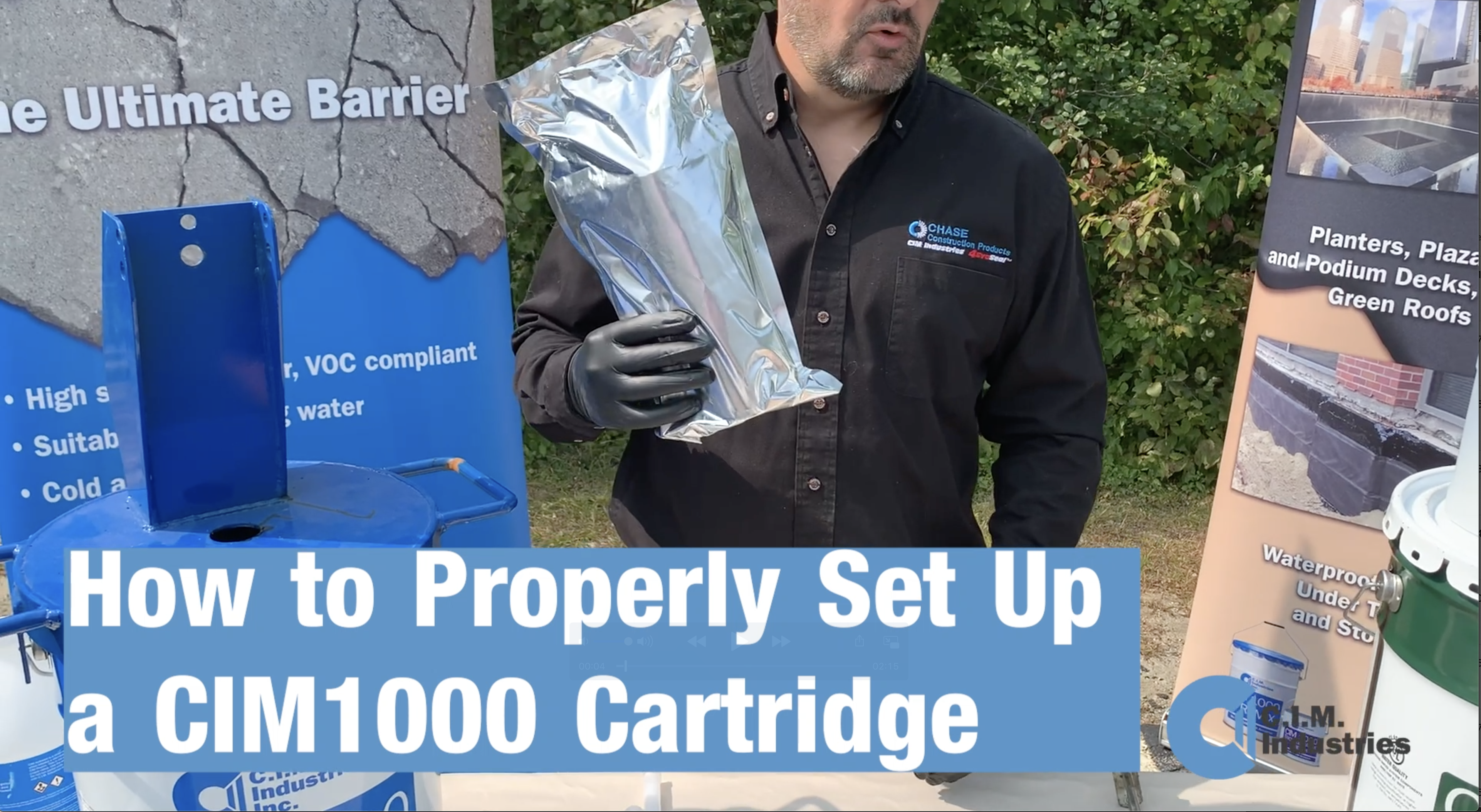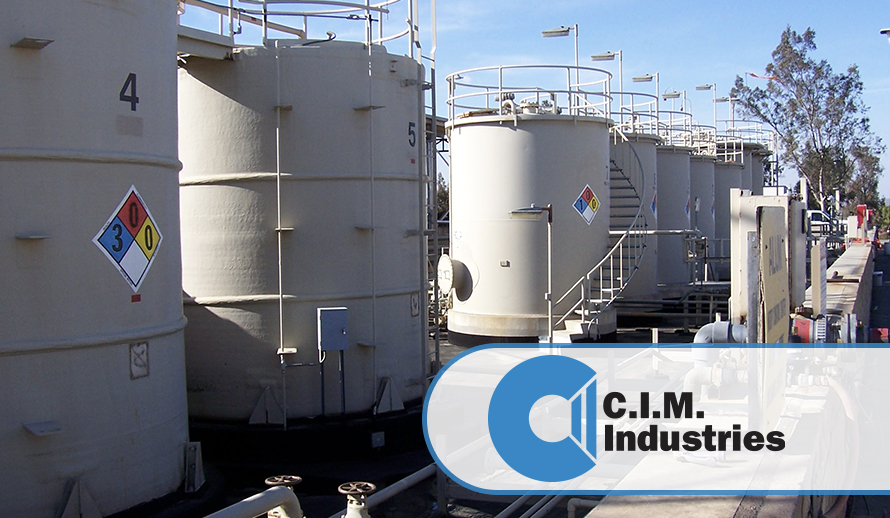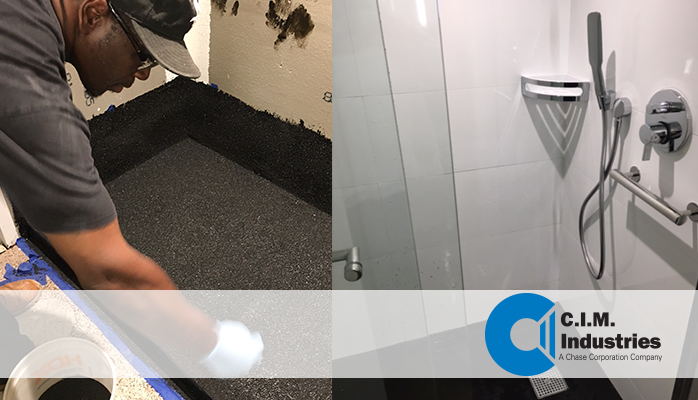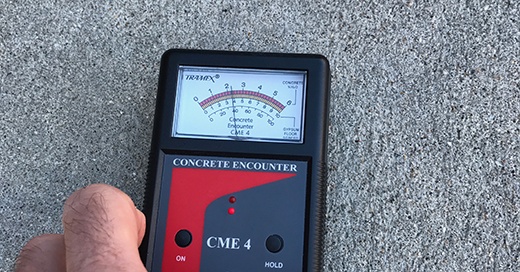Joint sealants are typically available in cartridges (either single or dual components). Each cartridge style is designed for specific applications and environments. Generally, cartridges are ideal for small applications such as penetrations, joints, cracks, and many other repairs requiring waterproofing or chemical containment. Partially used cartridges can be stored and reused later. Instant mixing and dispensing of sealants are often performed via a hand, air, or battery-powered caulking gun.
In this article, we'll discuss:
- The advantages of using cartridges over other application methods
- The basic differences between single-component and dual-component cartridge sealants
- How to set up a sealant dispensing gun
- How to store a partially used sealant cartridge

